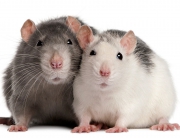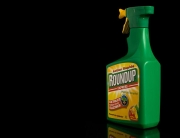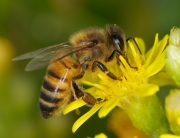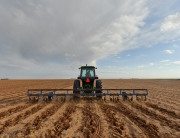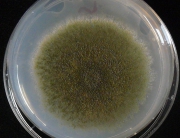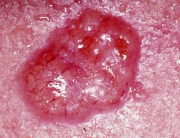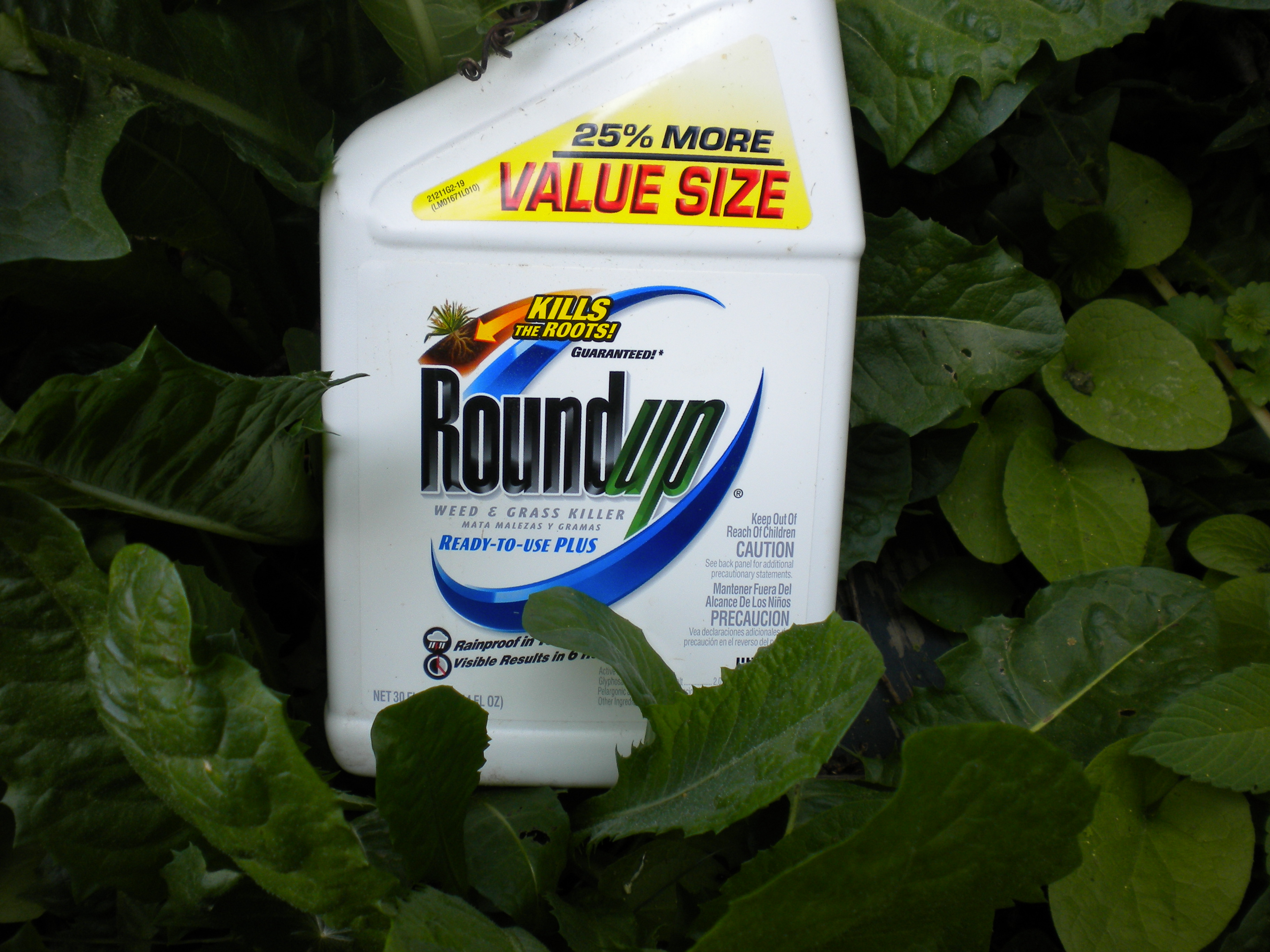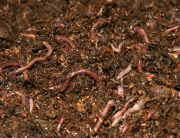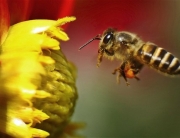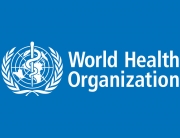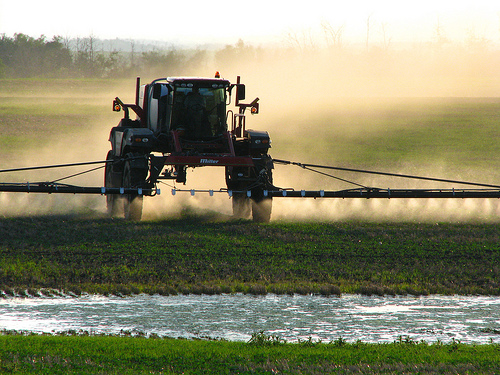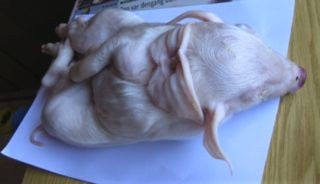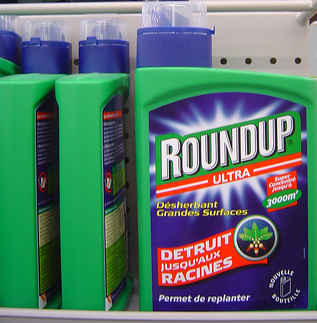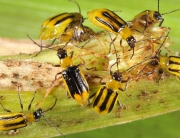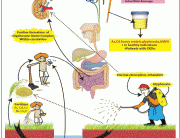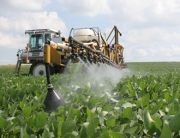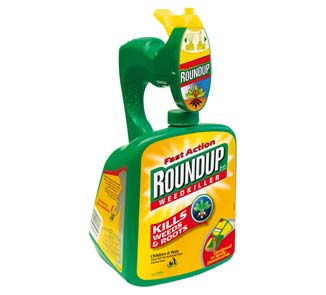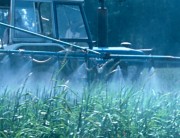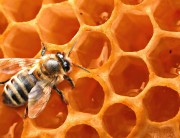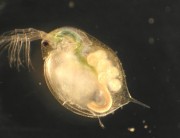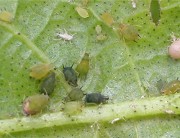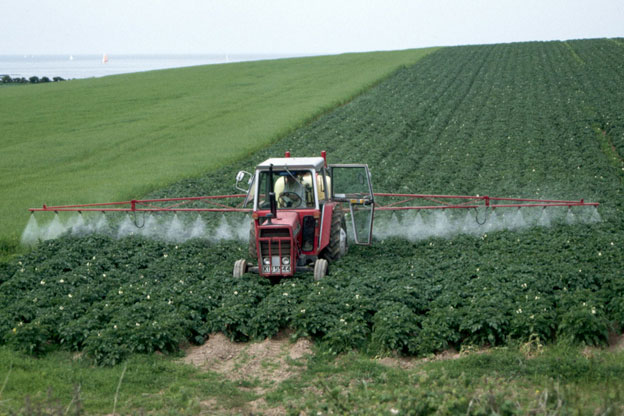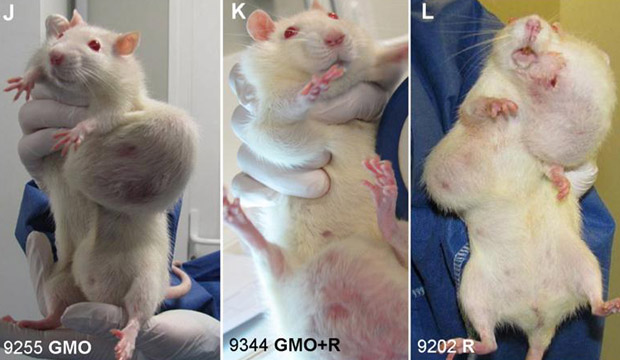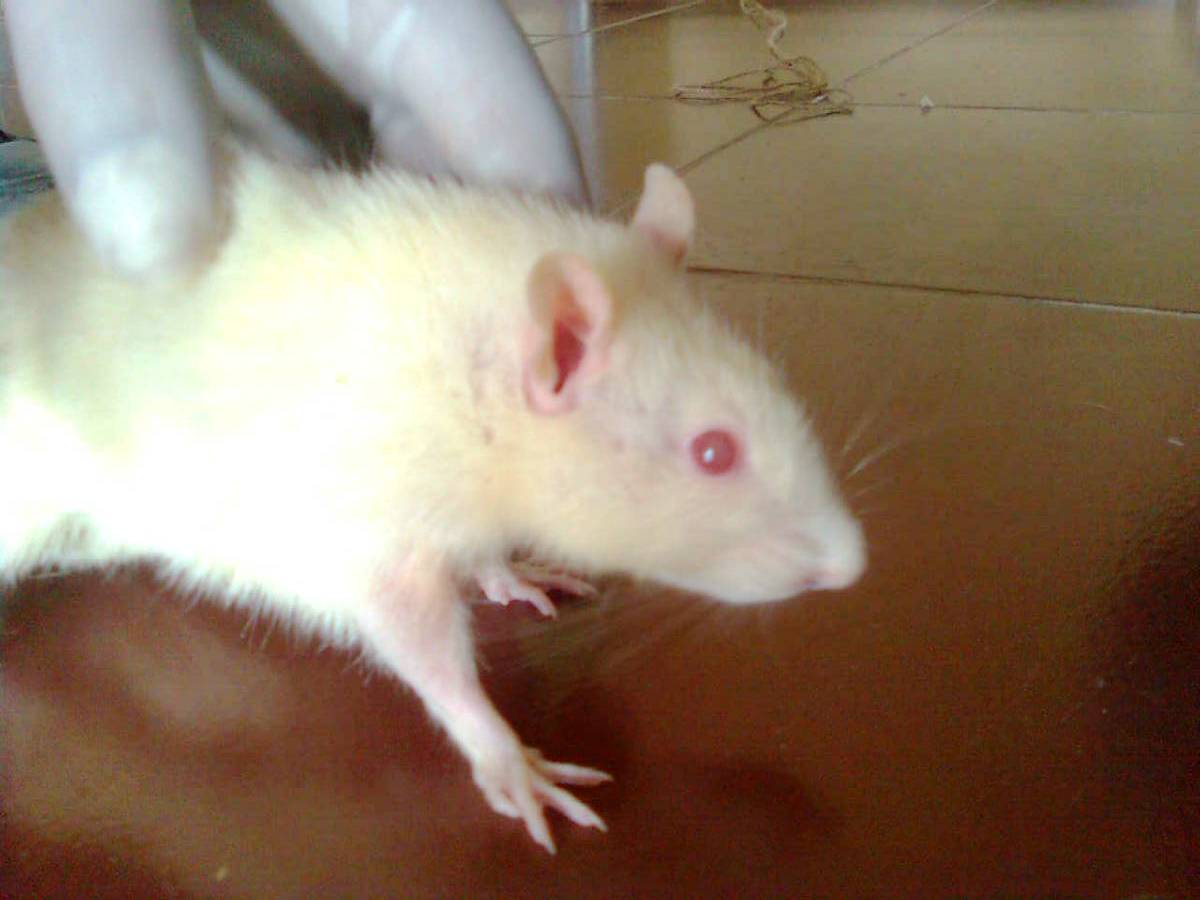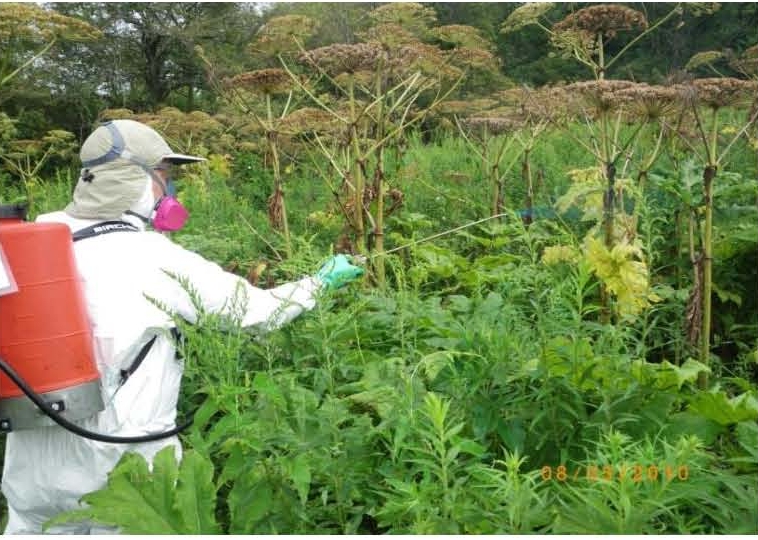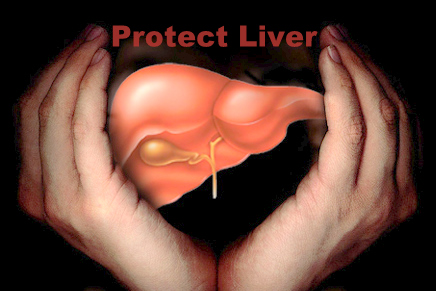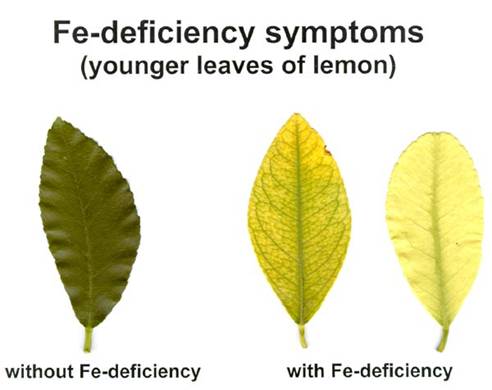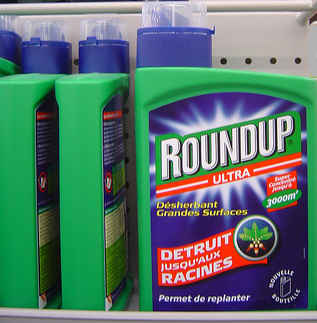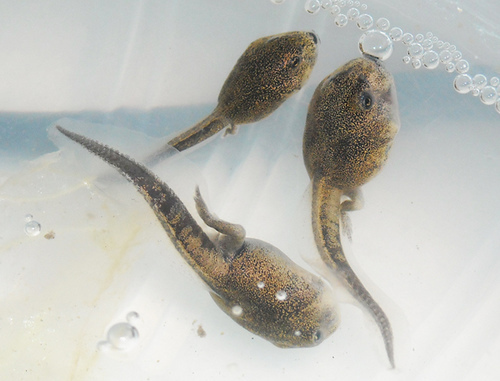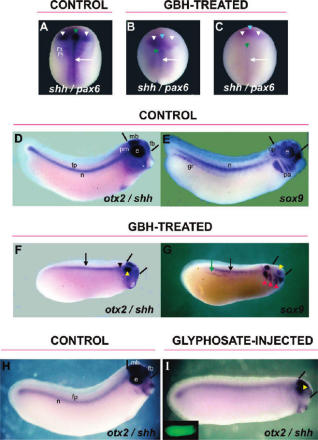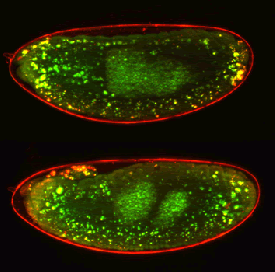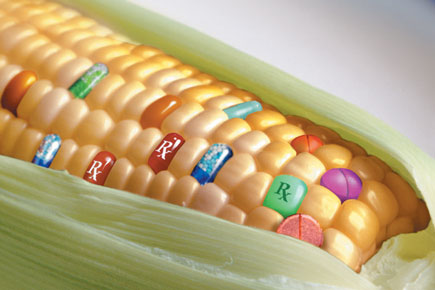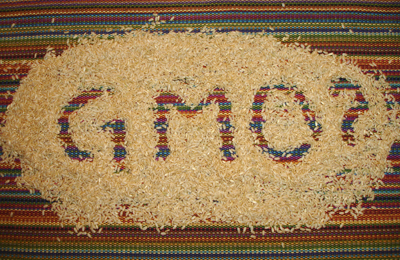In this Canadian Agricultural Research Center study glyphosate use was consistently associated with higher FHB levels caused by the most important FHB pathogens, Fusarium avenaceum and Fusarium graminearum. Cochliobolus sativus, the most common CRR pathogen, was negatively associated with previous glyphosate use, while F. avenaceum, F. graminearum, and other fungi were positively associated, suggesting that glyphosate might cause changes in fungal communities.
Source: sciencedirect.com
Abstract
Fusarium pathogens cause important diseases, such as root/crown rot and Fusarium head blight (FHB), in cereal crops. These diseases can be caused by similar Fusarium spp. Common root rot (CRR) is widespread in the western Canadian Prairies, whereas FHB has potential of becoming an important disease in this region. There are no commercially available cereal cultivars with good resistance to these diseases. It is therefore important to identify agronomic practices that could affect levels of Fusarium pathogens in cereals. This review deals primarily with the effects of tillage systems and glyphosate use on the development of FHB and CRR in wheat and barley in eastern Saskatchewan. Although the FHB study in 1999–2002 indicated that environment was the most important factor determining FHB development, previous glyphosate use and tillage practice were among the production factors with the greatest association with FHB. Overall, disease was highest in crops under minimum-till management. Previous glyphosate use was consistently associated with higher FHB levels caused by the most important FHB pathogens, Fusarium avenaceum and Fusarium graminearum. Cochliobolus sativus, the most common CRR pathogen, was negatively associated with previous glyphosate use, while F. avenaceum, F. graminearum, and other fungi were positively associated, suggesting that glyphosate might cause changes in fungal communities. The occurrence and isolation of F. avenaceum from cereal residues were greater under reduced-till than conventional-till while C. sativus was most common under conventional-till, and F. graminearum was lowest under zero-till. Previous glyphosate applications were again correlated positively with F. avenaceum and negatively with C. sativus. These observations agreed with results from the FHB and CRR studies. These are the first studies that established a relationship between previous glyphosate use and increased Fusarium infection of spikes and subcrown internodes of wheat and barley, or Fusarium colonization of crop residues. However, because of the close association between noncereal crops, reduced tillage and glyphosate use, it was not possible to completely separate the effects of these factors on Fusarium infections. Determining the relative contribution of these popular production trends to the development of diseases caused by Fusarium spp. are essential for devising appropriate agronomic recommendations to prevent their further spread in western Canada, and to reduce the impact that these diseases are having in areas where they are already established. The consistent association between previous glyphosate use and Fusarium infections also warrants further research to elucidate the nature of this association and the underlying mechanisms determining these effects.
Authors
M.R. Fernandez, R.P. Zentner, P. Basnyat, D. Gehl, F. Selles, D. Huber





